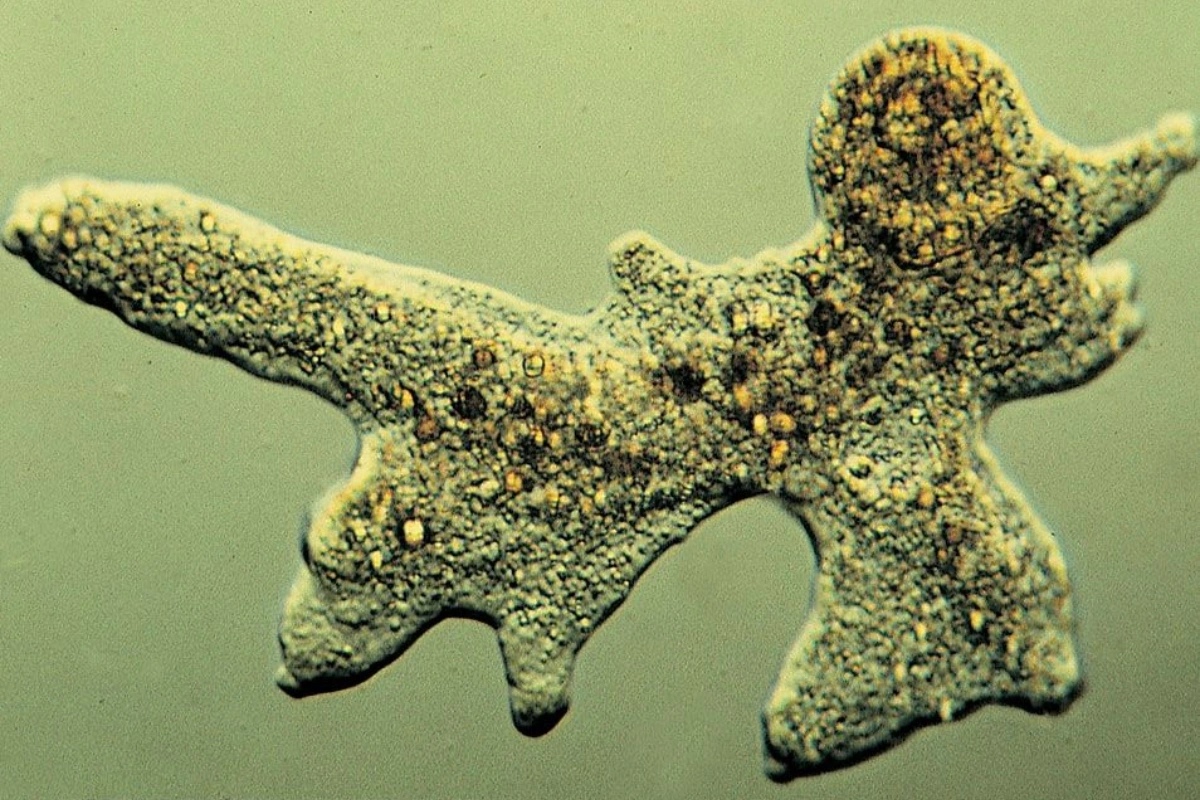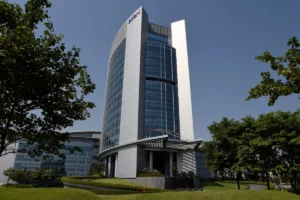
A global team of scientists, including researchers from the Indian Institute of Technology (IIT) Bombay, has found that free-living amoebae in Mumbai’s Vashi Creek are carrying bacteria with significantly elevated levels of antimicrobial resistance (AMR).
The findings, published in the journal Environmental Microbiology, highlight a potentially overlooked environmental threat.
The study was led by the University of Strathclyde, Scotland, and observed that these amoebae may be acting as ‘Trojan horses’, shielding multidrug-resistant bacteria and enabling them to survive and strengthen in natural water systems.
The researchers discovered that almost half the bacterial strains residing within the amoebae were resistant to four or more antibiotics.
Alarmingly, 22 per cent of the samples showed resistance to six or more antibiotics. In comparison, only 0.6 per cent of bacteria found directly in the creek’s sediment displayed similar levels of resistance.
Ordinarily known as bacterial predators, amoebae appear to be providing a protective niche for these dangerous microbes.
Scientists suggest that this makes them ‘sentinel indicators’ of AMR, potentially enabling earlier detection of emerging threats in ecological systems.
Findings Align with WHO’s One Health Approach
The study supports the World Health Organisation’s One Health framework, which emphasises the interconnected health of humans, animals, and ecosystems.
The team behind the research believes that monitoring amoebae could offer a vital new pathway for understanding the environmental spread of antimicrobial resistance.
The findings arrive amid mounting global concerns, with bacterial AMR directly responsible for more than 1.27 million deaths in 2019 and implicated in nearly five million fatalities worldwide.
Lead author Dr Ronnie Mooney, from Strathclyde’s Department of Civil and Environmental Engineering, noted that amoebae are widespread yet overlooked in AMR surveillance.
He warned that these micro-organisms may be transporting clinically significant bacteria into sensitive zones such as hospitals or water treatment plants without detection.
Mooney added that existing monitoring systems may be failing to capture the true extent of resistance evolution in the environment.
The research team hopes the findings will prompt environmental agencies, industries, and policymakers to refine AMR surveillance mechanisms in both natural and man-made ecosystems.
Also Read: Doctor Cautions Against Excessive Melatonin Use; Warns Wrong Timing Can Disrupt Sleep Cycles
To read more such news, download Bharat Express news apps





















